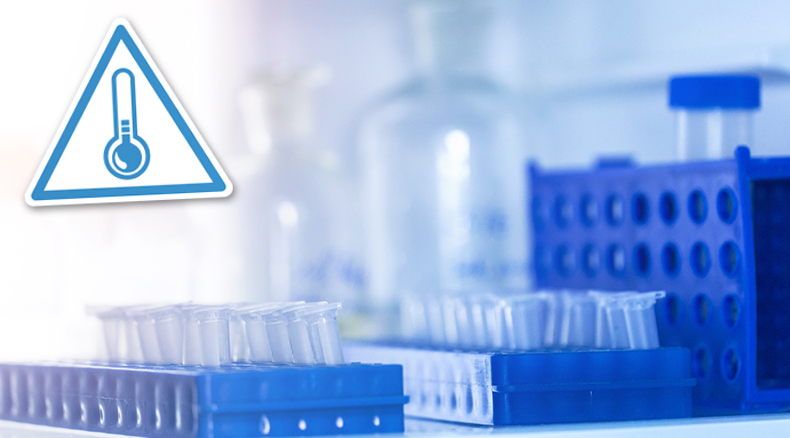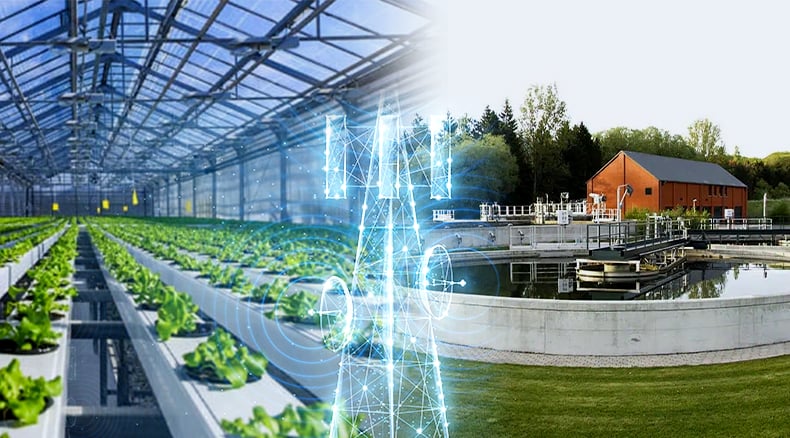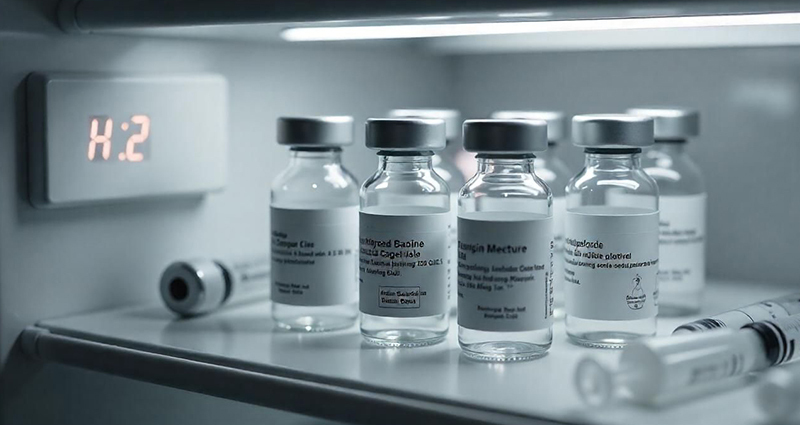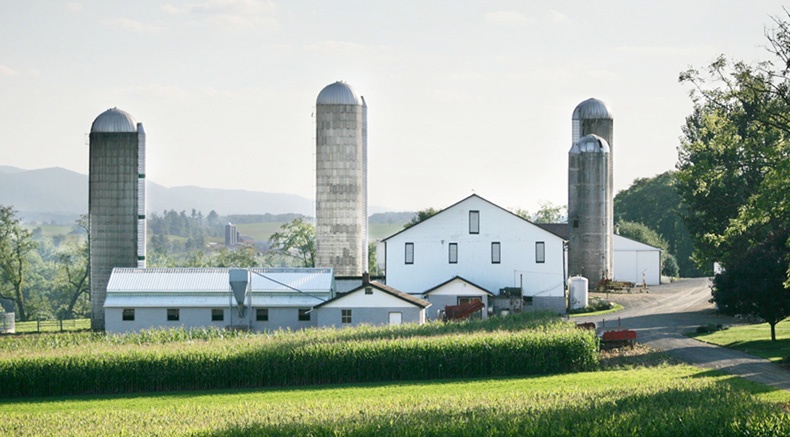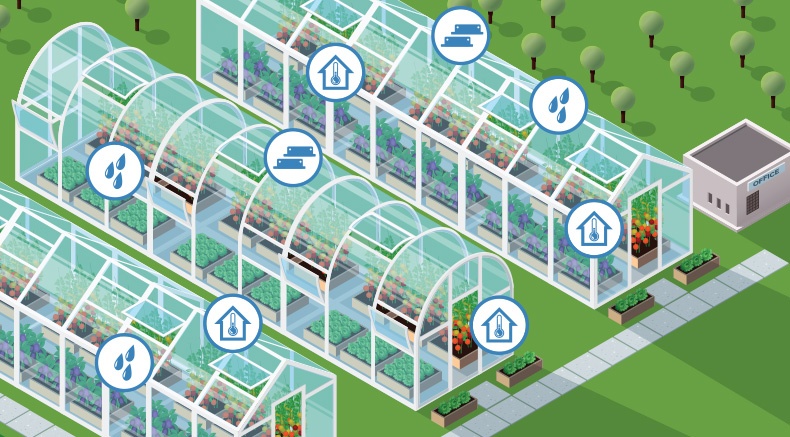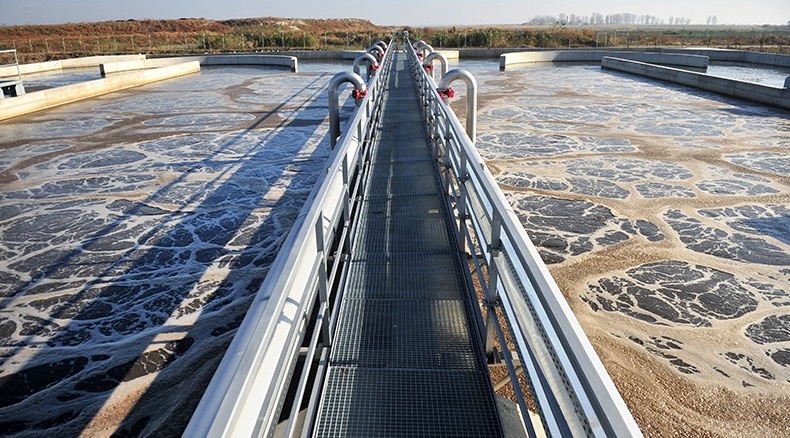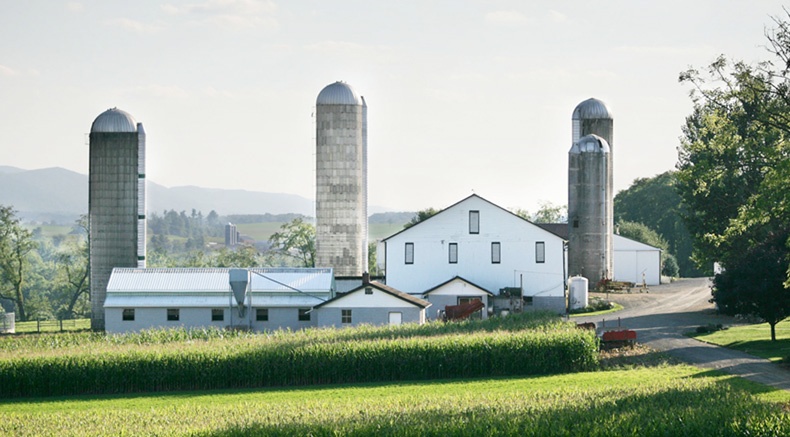
Protecting your livestock is your top priority, and early detection of critical issues, such as HVAC or ventilation failures, is essential to their health and well-being. Swine, poultry, cattle and other animals need a stable, healthy environment to thrive and deliver optimal yields. A livestock monitoring system provides real-time oversight, helping you and your staff stay ahead of potential threats.
Even a single failed circulation fan or ventilation system, especially after business hours, can create life-threatening conditions that lead to devastating losses for your livestock and your business. By providing real-time alerts and 24/7 oversight of key systems, livestock monitoring technology empowers you and your staff to quickly identify and address unstable environmental conditions before they become fatal.
Whether you manage a small family farm or a large commercial facility, implementing a livestock monitoring system can mean the difference between losing and saving your animals.
Environmental risks to livestock operations
Environmental threats can significantly impact animal health, productivity and survival, particularly when not detected early. Below are several threats that can be mitigated with a livestock monitoring system.
Temperature Extremes
• Heat Stress - Chickens are particularly vulnerable to heat stress due to their lack of sweat glands, making it difficult for them to cool down. Prolonged exposure to high temperatures can cause dehydration, reduced food intake, lower fertility and even death.
• Cold Stress - Extremely low temperatures pose a serious risk to young and vulnerable animals such as calves, piglets and poultry. Cold stress weakens their immune systems and increases the likelihood of frostbite and hypothermia.
Climate-controlled barns equipped with a livestock monitoring system can help maintain optimal temperatures and living conditions for animals.
Poor Airflow
Inadequate ventilation can cause serious airflow problems that lead to heat buildup, oxygen depletion and ammonia accumulation. These conditions pose major threats to livestock health.
In tunnel-ventilation barns, even a brief ventilation failure can result in mass suffocation or overheating within hours. High levels of ammonia, due to poor air quality and inadequate airflow, are linked to respiratory illness, reduced growth rates and increased stress in animals.
A livestock monitoring system helps prevent these outcomes by continuously tracking fan operation, airflow rates, barn temperature, gas levels and system failures.
Power Outages
Sudden power outages can disable critical systems such as ventilation, climate control and automated feeding and watering systems. Even brief outages during extreme weather can have fatal consequences for animals. A livestock monitoring system detects power loss instantly and sends immediate alerts to staff, ensuring rapid response and recovery.
Water Supply Issues
Pump failure, frozen lines and drops in water pressure can severely restrict access to clean drinking water. Chickens and pigs are particularly vulnerable to water interruptions, as they require frequent hydration. A livestock monitoring system with water flow sensors can detect irregularities and stoppages in the water supply for quick corrective action.
Environmental events and their impact on livestock
Environmental events such as heatwaves, cold snaps, flooding, power outages, ventilation failures and drought have resulted in the deaths of thousands of animals throughout the United States. These extreme conditions compromise barn environments, disable critical systems and create deadly conditions for livestock. Without timely intervention, these events can lead to significant animal losses, financial hardship and long-term productivity setbacks.
- According to the Animal Welfare Institute, over 5 million pigs and poultry died during Hurricanes Florence and Michael in 2018. In Montana, more than 37,000 cattle perished during a winter storm in the same year, while Hurricane Laura in 2020 claimed over 100,000 poultry. In addition, a deep freeze in Texas in 2021 resulted in deaths of more than 100,000 farm animals.
- In Wisconsin, cows at a mid-sized dairy farm exhibited respiratory stress and reduced milk output due to poor airflow in the barn, which caused ammonia gas from waste buildup. Inconsistent fan operation and lack of air quality monitoring were contributing factors in the ammonia buildup.
- During the Winter Storm Uri in 2021, Texas incurred at least $228 in livestock losses due to prolonged power failures that disabled essential systems such as water pumps, ventilation and heating.
- Abroad, over 27,000 chickens, half the inventory at a broiler house in Leicestershire, UK, died due to a malfunction in tunnel ventilation that caused inlet flaps to close, cutting off fresh airflow. As a result, the temperature inside the poultry house rose rapidly, killing birds before staff could respond. A misconfigured alarm system triggered only after the temperature reached 37 °C (98.6 °F), but it should have gone off at 27 °C (80.6 °F).
In each of these cases, a livestock monitoring system could have mitigated losses by detecting power loss, ventilation or heating failures, water supply disruption, temperature changes and other system failures. These systems provide early warnings, track vital infrastructure, and empower staff to take fast, informed action before conditions become fatal.
Receive alerts before small issues turn into serious threats
With a livestock monitoring system, facility operators receive real-time alerts that help them detect potential threats before they escalate into serious issues. Without timely notifications, facility managers may remain unaware of dangerous conditions until it is too late.
When environmental conditions fall outside of your preset parameters, the system immediately sends alerts to designated personnel by phone, email or text message. This proactive approach is the most efficient and cost-effective way to monitor conditions across your entire livestock operation.
Cloud-based remote monitoring systems give you 24/7 visibility into your barns, pens and stalls around the clock. With real-time notifications, you gain peace of mind knowing your animals are protected from potentially dangerous conditions, including:
- Temperature fluctuations
- Poor ventilation and air quality
- High CO2 levels
- Ammonia buildup
- High humidity
- Insufficient water supply
- Power failures
- Equipment failures (circulation fans, ventilation systems, heaters and air conditioners, etc.)
You and your staff are the first to know about any potential issues so you can act fast, minimize disruption and maintain a safe, healthy environment for your animals.
Spend significantly less time and money monitoring your livestock facility
Many facility managers still rely on manual walkthroughs to ensure their livestock are safe and healthy. However, this method is costly, time-consuming and inefficient. If a heater fails immediately after a walkthrough, critical damage may occur before the next inspection.
Monitoring systems are a faster, easier and more effective way to maintain an optimal living environment. With a Sensaphone system, you can remotely monitor environmental conditions from your phone, tablet or computer. This significantly reduces the time and costs associated with monitoring your facility.
There are three ways to check the status of your environment:
- Log in to the mobile app
- Visit the website
Additionally, you can set up automatic alerts that notify you whenever temperature, humidity or other conditions fall outside of the parameters you specify. These systems can also monitor unauthorized entry after hours. You can rest easy knowing you will receive immediate notifications of any threats to your animals.
Sensaphone offers a full line of systems designed for all your livestock monitoring needs. If you need help deciding on the best system for your facility, contact our sales experts today.



